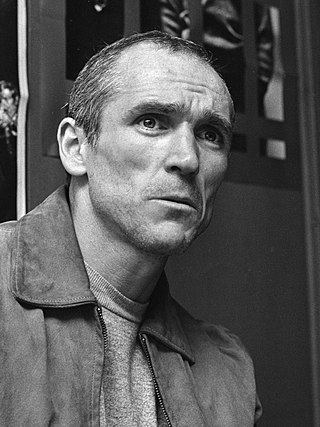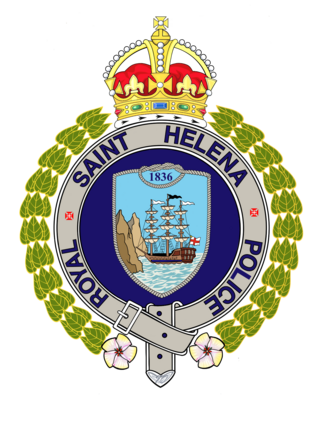
His Majesty's Prison Service (HMPS) is a part of HM Prison and Probation Service, which is the part of His Majesty's Government charged with managing most of the prisons within England and Wales.
A reformatory or reformatory school is a youth detention center or an adult correctional facility popular during the late 19th and early 20th centuries in Western countries. In the United Kingdom and United States, they came out of social concerns about cities, poverty, immigration, and gender following industrialization, as well as from a shift in penology to reforming instead of punishing the criminal. They were traditionally single-sex institutions that relied on education, vocational training, and removal from the city. Although their use declined throughout the 20th century, their impact can be seen in practices like the United States' continued implementation of parole and the indeterminate sentence.

Mary Carpenter was an English educational and social reformer. The daughter of a Unitarian minister, she founded a ragged school and reformatories, bringing previously unavailable educational opportunities to poor children and young offenders in Bristol.

HM Prison Wormwood Scrubs is a Category B men's local prison, located beside Hammersmith Hospital and W12 Conferences on Du Cane Road in the White City in West London, England. The prison is operated by His Majesty's Prison Service.
The Parkhurst apprentices, juveniles from a reformatory attached to Parkhurst Prison on the Isle of Wight, were sentenced to "transportation beyond the seas" and transported to Australia and New Zealand between 1842 and 1852. Either before leaving England or on arrival at their destination, they were pardoned on the conditions that they be "apprenticed" to local employers, and that they not return to England during the term of their sentence. In the ten years between 1842 and 1852 nearly 1500 boys aged from twelve to eighteen were transported to Australia and New Zealand from Parkhurst Prison.
Parkhurst is a neighbourhood northwest of the town of Newport, Isle of Wight. It has few amenities, but a large residential population.

John McVicar was a British journalist and convicted one-time armed robber who escaped from prison.

HM Prison Frankland is a Category A men's prison located in the village of Brasside in County Durham, England. Frankland is operated by His Majesty's Prison Service, and is located next to HM Prison Low Newton, a closed women's prison.

His Majesty's Prison Wakefield is a Category A men's prison in Wakefield, West Yorkshire, England, operated by His Majesty's Prison Service. The prison has been nicknamed the "Monster Mansion" due to the large number of high-profile, high-risk sex offenders and murderers held there.

The Royal Saint Helena Police Service, formerly the Saint Helena Police Service, is the local police force for the British overseas territory of Saint Helena, Ascension and Tristan da Cunha, consisting of the South Atlantic islands of Saint Helena, Ascension and the island group of Tristan da Cunha.
In the United Kingdom, prisoners are divided into four categories of security. Each adult is assigned to a category according to their crime, sentence, the risk of escape, and violent tendencies. The categories are designated with the letters A to D, with A being the highest level of security, and D the lowest.

Michael Gaughan was a Provisional Irish Republican Army (IRA) hunger striker who died in 1974 in Parkhurst Prison on the Isle of Wight, England.
HM Prison Albany is a Category B men's prison, situated on the outskirts of Newport on the Isle of Wight, England. The prison is operated by His Majesty's Prison Service. Albany is located next to Parkhurst, another Male/B prison and together they form HM Prison Isle of Wight.

HMP Isle of Wight – Camp Hill Barracks is a former Category C men's prison, located on the outskirts of Newport, Isle of Wight. The former prison lies adjacent to Albany and Parkhurst, both part of HMP Isle of Wight.

HM Prison Brixton is a local men's prison, located in Brixton area of the London Borough of Lambeth, in inner-South London. The prison is operated by His Majesty's Prison Service.

HM Prison Styal is a Closed Category prison for female adults and young offenders in Styal, Cheshire, England. The prison is operated by His Majesty's Prison Service.
HM Prison Whatton is a Category C men's prison, located in the village of Whatton, near Bingham in Nottinghamshire, England. The prison is operated by His Majesty's Prison Service, and houses males convicted of sexual offences.

His Majesty's Prison Lewes is a local category B prison located in Lewes in East Sussex, England. The term local means that the prison holds people on remand to the local courts, as well as sentenced prisoners. The prison is operated by His Majesty's Prison Service.
George Hall Esq. was a British administrator in the 19th century.

Lord William Beauchamp Nevill was an English aristocrat who was born into the wealthy family of William Nevill, 1st Marquess of Abergavenny, grew up in Eridge Castle, and attended Eton College. His marriage to Mabel Murietta, daughter of an alleged mistress of Edward VII, Jesusa Murietta, was a glittering affair, attracting many royal and aristocratic guests and 600 wedding gifts. However Nevill lost much of his good fortune when his father wanted to reject him for converting to Catholicism and turning to trade, and the remainder of it when his wife's rich father's business failed soon after the wedding.













